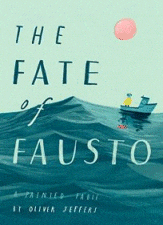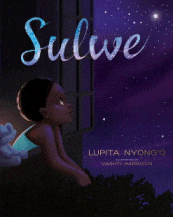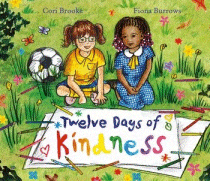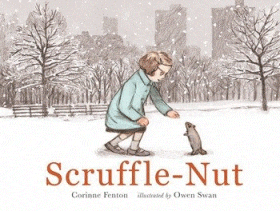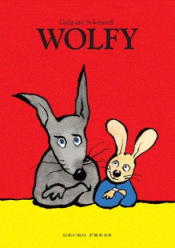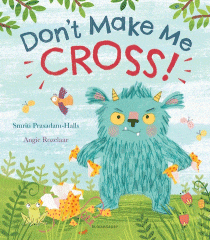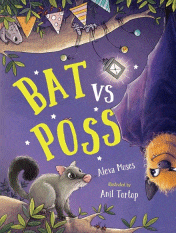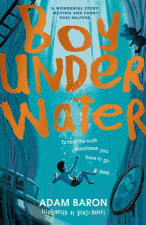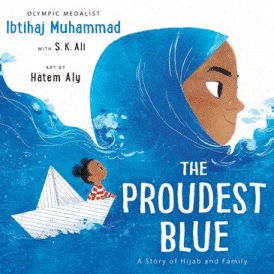
The Proudest Blue
The Proudest Blue
Ibtihak Muhammad
SK Ali
Hatem Aly
Andersen Press, 2020
40pp., hbk., RRP $A24.99
9781783449729
The first day of the new school year is fast approaching and so Mama takes Asiya to buy her first-day hijab for her first day in Year 7. Asiya chooses the brightest blue one because if you squint your eyes there is no border between the water and the sky, just as thereshould be no borders between people. Her little sister Faizah is so proud of her but sadly not everyone understands what hijab is or represents and so both girls are teased and tormented because they are different. But guided by their Mama’s wise words that echo in their head, both manage to navigate the day proudly, determined to keep the ancient tradition of covering the hair from puberty.
Written by one who has been Asiya, Ibtihak Muhammed is the Olympic fencer who became the first Muslim-American woman to wear a hijab while competing for Team USA, this story is not only an insight into the wearing of hijab as a testament to the faith and love of Allah, it is also about being proud of who you are and what you believe in regardless of whether that is based on religion, culture, colour or any other dimension that can be perceived as setting us apart. (Try being a round redhead with glasses in a world that was in love with Twiggy!) There will be many Asiyas and Faizahs in our classrooms this year, Asiyas wearing hijab and navigating the taunts of the ill-informed, and Faizahs fielding questions while feeling enormously proud so this is a book to share across the year levels to help the acceptance and understanding.
Regardless of the reason that someone may be isolated by their peers, perhaps the most memorable part of the story are the words of the girls’ mother… “Don’t carry around the hurtful words that others say. Drop them. They are not yours to keep. They belong only to those who said them.” Wise words that we can all learn from.
An Internet search will bring up many resources for using this book in the curriculum.
